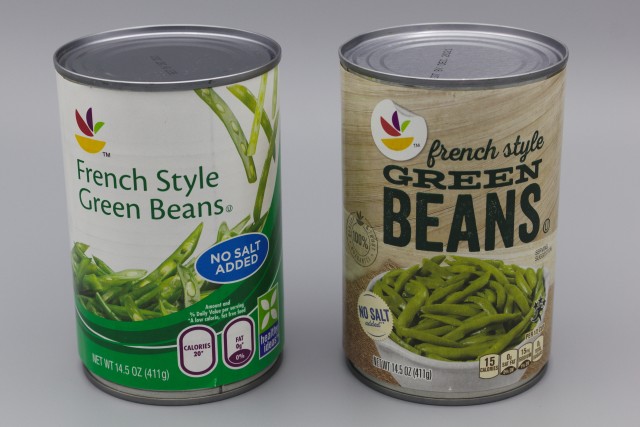Earlier this year, I became aware of a feature in GitHub-flavored Markdown that displays a colored square inline when HTML color codes are surrounded by backticks, e.g., #1f77b4. Although I only recently became aware of this feature, it dates back to at least 2017 and is similar to a feature that Slack has had since at least 2014. When I saw this inline color presentation, I immediately thought of its applicability to figure captions, particularly in academic papers; as a colorblind individual, matching colors referenced in figure captions to features in the figures themselves can be challenging at times due to difficulties with naming colors. Thus, I added similar annotations to figure captions in my recently submitted paper, Two-year Cosmology Large Angular Scale Surveyor (CLASS) Observations: A First Detection of Atmospheric Circular Polarization at Q Band:
Fig. 2. Frequency dependence of polarized atmospheric signal at zenith for the CLASS observing site, both for circular polarization ( , shown in blue) and linear polarization (
, shown in blue) and linear polarization ( , shown in orange). The light gray bands indicate CLASS observing frequencies, with the lowest frequency band corresponding to the Q-band telescope.
, shown in orange). The light gray bands indicate CLASS observing frequencies, with the lowest frequency band corresponding to the Q-band telescope.
Fig. 5. Example binned azimuth profiles are shown…angle cut. The profile in blue is from a zenith angle of 43.9° and a boresight rotation angle of −45°, the profile in orange is from a zenith angle of 46.7° and a boresight rotation angle of 0°, and the profile in red is from a zenith angle of 52.8° and a boresight rotation angle of +45°.
The first caption refers to a line plot, while the second caption refers to a scatter plot with best fit lines. These examples, as well as underlining examples elsewhere in this post, display best in a browser that supports changing the underline thickness via the text-decoration-thickness CSS property. At the time of writing, this includes Firefox 70+ and Safari 12.2+ but does not include any version of Chrome; however, browser underlining support is still subpar to the underline rendered by  , so the reader is encouraged to view the figures in the paper. Continue reading →
, so the reader is encouraged to view the figures in the paper. Continue reading →

